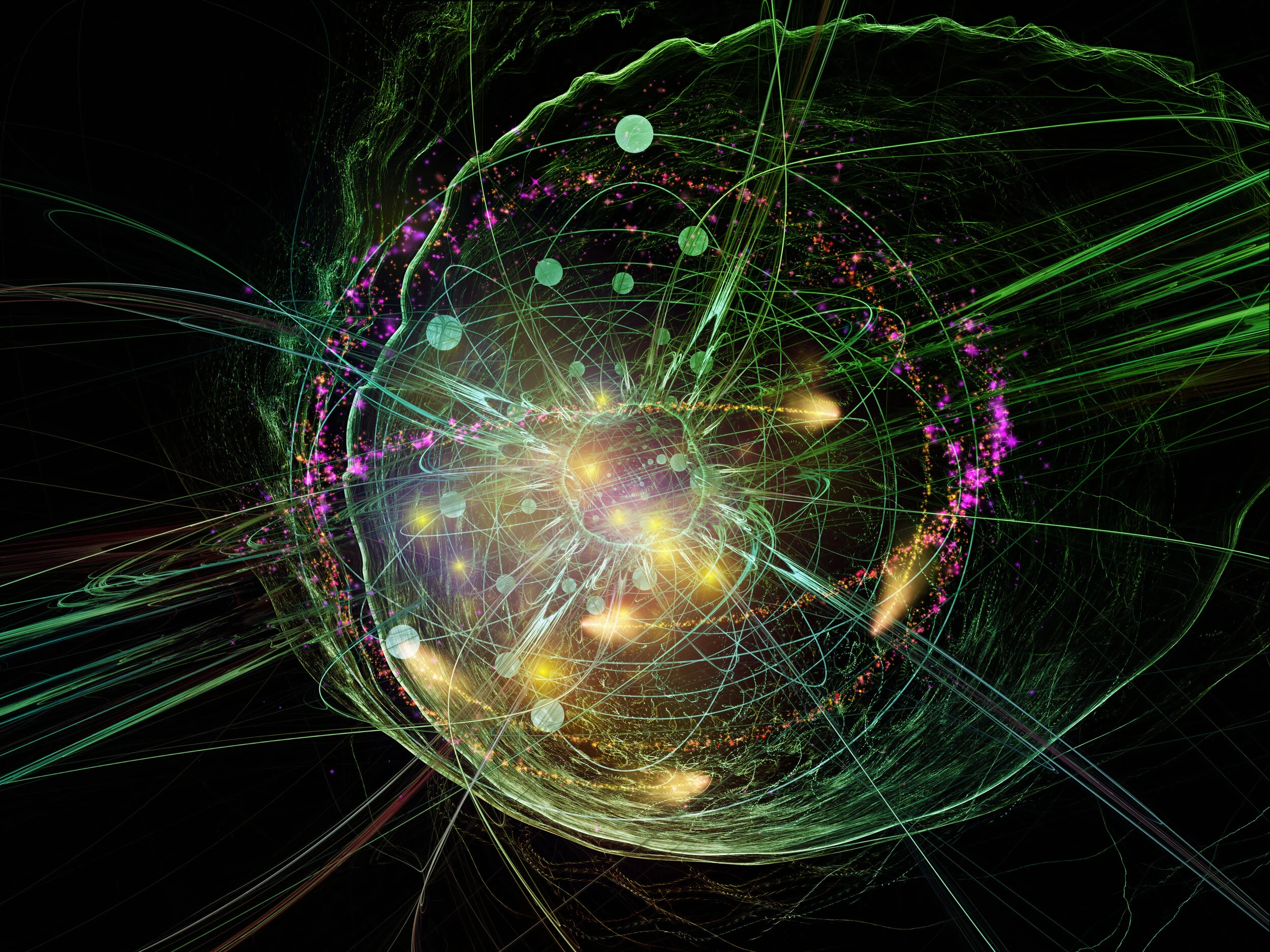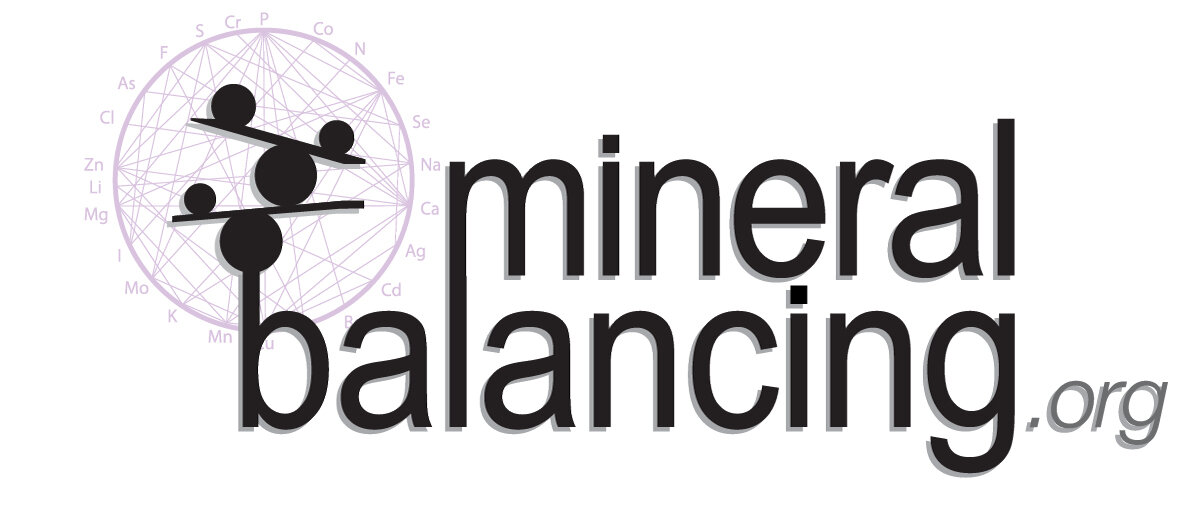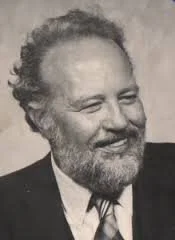
Mineral Balancing Science
“Minerals are the principal energy-producing components of the human body. It is the relationships between the minerals in your tissues that help determine your physical and emotional destiny. Through an understanding and control of these basic laws of human energy, you can vastly increase the intensity and quality of your life.”
A Brief History of Mineral Balancing
Health is so much more than the absence of disease, it should be defined as a state of complete physical, mental, and social well-being. While optimal nutrition is a critical component to reaching a state of health, many people in modern times experience at least one type of vitamin, or mineral imbalance.
Mineral Interaction Wheel by Dr William Albrecht.
Updated by John Bumpus © 2020.
It is becoming common knowledge in this day and age that every vitamin and mineral has an effect on one another. Hair Tissue Mineral Analysis identifies specific mineral imbalances of the body. While, Mineral Balancing is the process of using specific nutrients to correct the body’s chemistry. Thus, Mineral Balancing is a form of orthomolecular nutrition.
The science of Mineral Balancing has been around for about 50 years and was the result of the nutrition pioneer, Dr Paul C. Eck. Dr Eck was a biochemist with a keen interest in helping others. He dedicated most of his life to evaluating major research studies in biochemistry, nutrition, physiology, pathology and psychology. Over the years we have found that when the body has balanced mineral levels, the mind is also balanced. By maintaining ideal mineral levels, the individual can express their true potential—physically, mentally and socially.
Being a perfectionist, Dr Eck sought a method to identify the reason some people would do well on particular nutrients, while others did not. He was tired of having inconsistent results with nutritional supplementation, and eventually sought a new test to help him identify what his patients needed to improve their health and their biochemistry.
His breakthrough came when he discovered Hair Tissue Mineral Analysis and realised quickly that using replacement therapy (supplementing nutrients that are low and avoiding nutrients that are high) did not improve the mineral levels and ratios on a hair test. Often, supplementing a low mineral on a hair test made the element even lower! This piqued his interest and Dr Eck began looking more into what the hair analysis actually revealed by comparing thousands of his patient’s medical diagnoses to their mineral results.
To correctly interpret a Hair Tissue Mineral Analysis (HTMA), in his search to learn more about minerals, Dr Eck uncovered the work of soil researcher Dr William Albrecht. Dr Albrecht had written about mineral balancing with soil and had developed the “mineral wheel” which identified how minerals interacted with one another through their synergistic or antagonistic attributes. Dr Eck discovered that a HTMA provided much more information than simply the ability to identify toxic metal levels. He found that the levels did have some value, but what was most important was the balance of minerals and their ratio’s with each other.
Dr Eck realised that the HTMA was actually measuring the body's response to stress, and that rather than looking at the separate mineral levels on a hair test—all the mineral levels had to be interpreted as a whole. He began looking at a hair tissue mineral analysis as if every single one of the minerals interacted with one another. Dr Eck found that when a mineral appears low on an HTMA, it may really be low, however at times it may be adapting or compensating for another mineral imbalance. Therefore, to balance one’s biochemistry, these adaptations, and compensations would have to be taken into account. He found that by providing certain nutrients, he could raise or lower other nutrients.
For example, Dr Eck found that he could raise a person’s potassium level without using potassium at all, and instead using the element zinc. This made interpretation of the hair test quite involved.
Dr Eck’s unique perspective of interpreting a hair test, and even balancing the results of the HTMA, is still not quite understood by many physicians to this day.
“It’s the relationship between minerals that determines how much energy you will have”
Mineral Balancing is a foundational approach to health. No matter what you are trying to accomplish with your health, vitamins and minerals are essential. By increasing your cells ability to make energy, not only is your physical health impacted, but so is your emotions, personality, and even your ability to achieve success and happiness. In short, Mineral Balancing is an important step to help you reach your full potential.
It is the culmination of many modern scientific theories and concepts, such as:
and other physics and engineering concepts.
These are all combined with current physiology and biochemistry to provide a system that respects the regenerative nature of the human. A view that transcends the current materialistic approach to health.
Dr Eck synthesised many modern biological, physiological, biochemical and physics concepts including: biological individuality concepts of Dr Roger Williams; Dr Hans Selye’s stages of stress; the oxidation types as taught by Dr George Watson; sympathetic and parasympathetic balancing as taught by Dr. Melvin Page and others; which he then incorporated into the information that he was finding on a HTMA. He found that there were at least two major “types” of patterns and developed many metabolic supplements to correct these specific nutrient imbalances, thus balancing the oxidation rate. Dr Eck came to believe that mineral deficiencies, bio-unavailability, and excesses, lead to most of our health problems. He viewed all the elements as essential for health and found that when cellular energy levels were restored, toxic metal detoxification can take place. This resulted in the science of Mineral Balancing.


